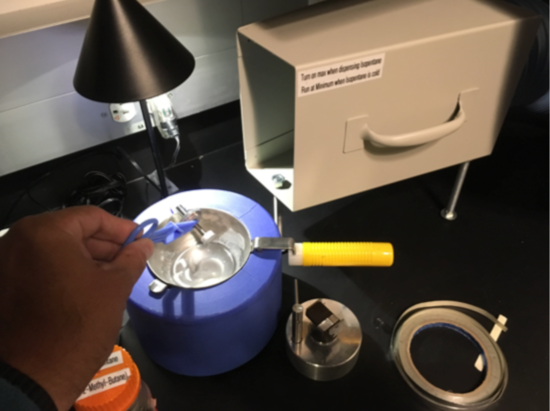The Microscopy Core provides 24/7 access to a wide range of high performance and routine instrumentation. After-hours entry is by individual electronic key fob, administered by IIGB. For added security, there is also a closed circuit camera system.
Users do the work themselves, so in that sense there are no fee-for-services. However, there is a great deal of experience and expertise available to you, and instrumentation is constantly improving to better suit local needs. Most instruments are designed for a particular market (e.g. biomedical) which does not make them suitable for looking by eye at, for example, GFP in a live leaf. Simply adding a red Shortpass Filter blocks the bright flare of chlorophyll, and makes the GFP easy to find.
Dr. Carter is happy to help determine which instrument is best for a particular study, and how to configure imaging for optimal results. He can also help with general advice on handling samples more efficiently. Omega Optical's Curvomatic is a handy tool for finding filters. Other vendors include Chroma, Semrock and Asahi Spectra. FPbase is a new spectra database for a large family of fluorescent proteins and popular dyes; while BD's spectrum viewer calculates crosstalk between dyes. Edmund is a good source for general optics, and Thor Labs for opto-mechanical parts and equipment. EMS has SEM/histology supplies, and Carolina Biological and Ward's are good for school science supplies. Bioquip has entomological supplies, and both Ted Pella and Fine Science Tools has precision dissection equipment.

